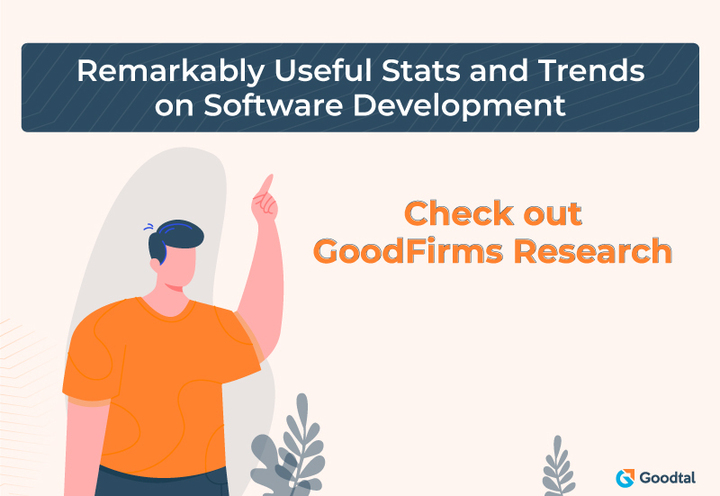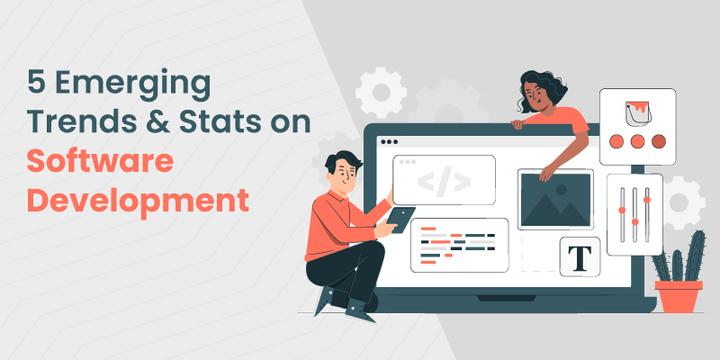
The software empowers everything, from personal computers to smartphones, tablets, IoT, and network systems. We cannot imagine a life without these technologies.
Software development is constantly changing. Before we go into detail about the newest data and trends in this field, let's first clarify what software development is.
What is Software Development?
Let's say you have an idea of building a food delivery app. It will involve defining its requirements, designing the UI, programming its functionalities, documenting everything, testing the application once ready, and fixing bugs. This entire process is called software development.
So, here are the 5 latest stats and trends on Software development.
Trend #1 Rise of Mobile App Builders
Software development involves identifying the market demands, defining the app requirements, designing its UI and features, and testing and deploying the app. So, it can take between one to nine months.
Here is the graph that shows the time it takes to develop software based on Goodfirms research.
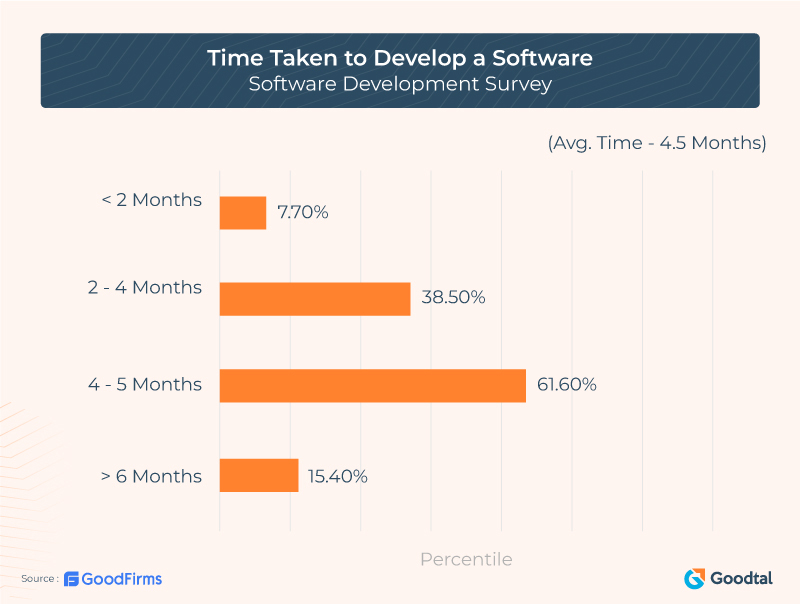
Regarding software development cost, different factors affect it, such as:
- The technology used in building the software
- Integrated features
- Resources deployed for the project
- Quality of the code
- Project duration and its scope
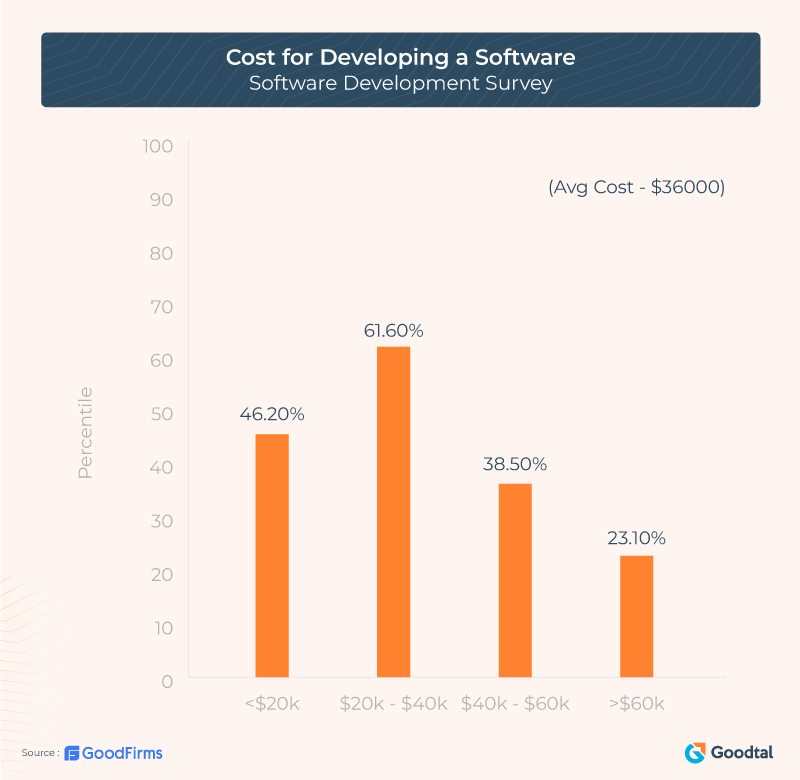
Software development is getting more complex and multi-layered every day. It needs more integrations and connections with other components. So, the cost of building one will keep rising consistently and become bloated.
So, companies are looking for an alternative to high-code development, which is becoming inefficient, complex, and time-consuming.
Nowadays, mobile app builders, in the form of no-code platforms, have significantly evolved. You can develop complex apps without having to wait for months. It lets you build an app without any significant coding involved. They use a graphical UI with minimum logic and drag n drop capabilities, eliminating the need to write new lines of code.
No-code platforms can reduce the time needed to build custom applications between 50% -90% compared to traditional application development that depends on the coding language.
The no-code platforms can solve this problem. Companies can build powerful applications without needing extensive financial resources with these platforms.
Here are prominent no-code platforms:
- Airtable.
- Appery.io.
- AppSheet Google.
- Betty Blocks.
- Buildbox.
Trend #2 : The Rise of Agile Software Development
As per GoodFirms research, 61.5% of surveyed companies use Agile software development methodology.
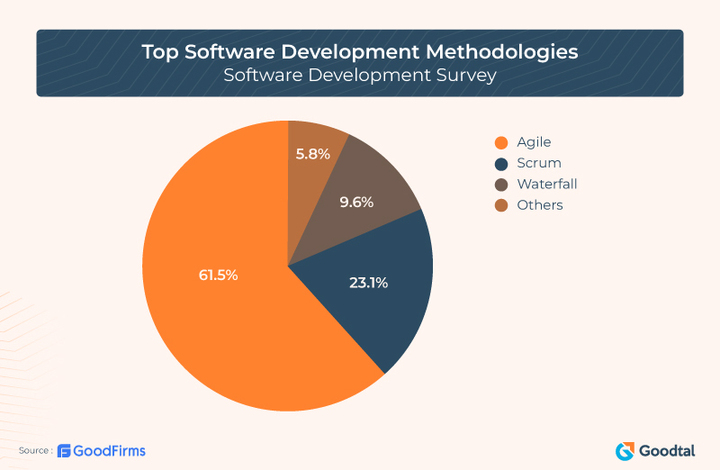
Agile methodology is widely used among companies for software development. It works based on 12 core principles for the development process. Here they are:
- Satisfy the client through continuous delivery of valuable work. That too, as early as possible
- Break down big tasks into smaller ones, which can be completed quickly.
- The best work comes from self-organized teams
- Provide individuals with the environment and support they need to accomplish their tasks
- Establish sustainable processes
- Maintain a constant pace for completed work
- Open to changes, even if it is too late in the project
- Hold regular meetings between clients and project teams daily throughout the project
- Measure progress by the amount of completed work
- Continually pursue excellence
- Be open to change to maintain a competitive advantage
- Introspect at regular intervals on how to improve and adjust behavior accordingly
Here are top five reasons that users are choosing Agile:
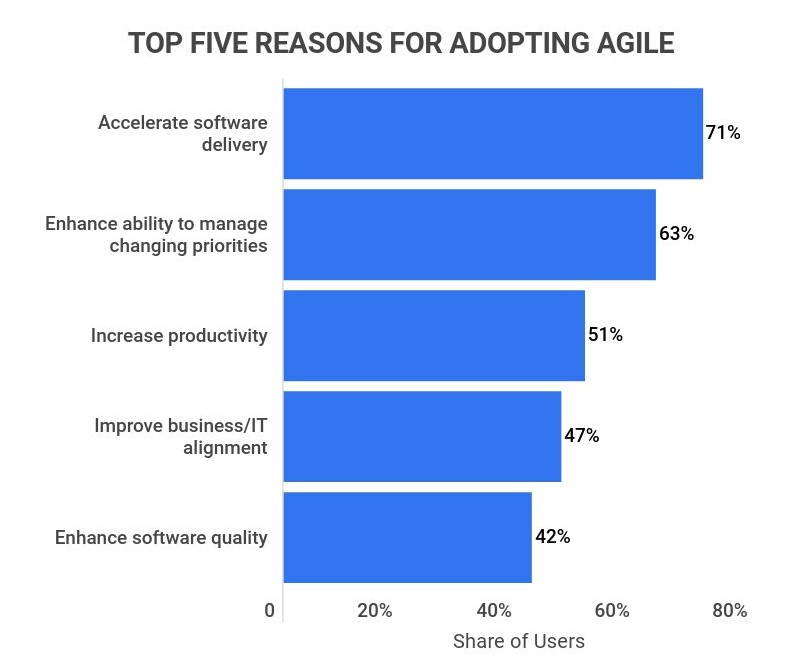
(Source: Zippia)
Agile development can adapt to changes quickly. It's essential in the development field because client requirements change over time. There may be a change in the company or the team working on the project. With Agile, these changes can be done without any hassle.
Trend #3: The Rise of Python
PHP was the most preferred language for developers, but it has lost the race to Python. In 2021, Python overtook PHP as the most preferred language for developers.


(Source: Statista)
Here are some reasons why developers are choosing python over php:
- Python code is easy to write and debug compared to other languages. So, source code is easy to maintain.
- Python is a portable language and is compatible with most operating systems and platforms.
- Python provides many pre-built libraries, making development tasks simpler.
- Python deals with memory addresses and garbage collection internally, making complex programming simpler.
- Python provides an interactive shell for testing things before implementing them.
- Python provides database interfaces to the majority of commercial DBMS systems.
- Python supports GUI applications and also has the framework for the web.
Trend #4: The Rise of Enterprise Applications
GoodFirms research revealed that Enterprise applications are hugely in demand among clients.
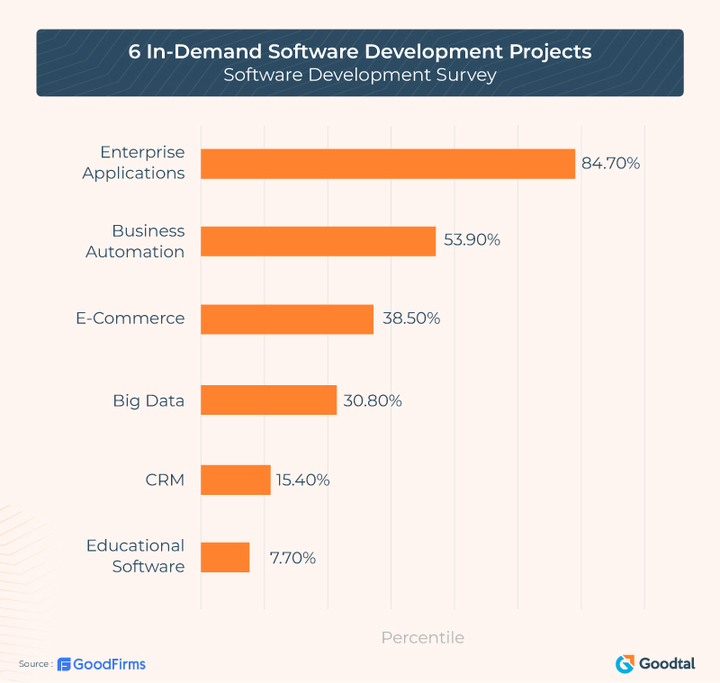
Clients/companies need enterprise mobile apps to solve one or more of their needs. It can help employees with their daily work, provide a place to store data and share it with others or submit a request to the HR department.
Enterprise applications help in team, project, and IT services management.
These apps are compatible and integrated with software that companies are already using. They are also used for deploying various devices on different operating systems.
There are many different types of enterprise applications. Here are two examples to give you an idea:
- Accounting and Billing: This software handles cash flow from customer payments or outgoing supplier invoices. It keeps track of a company's monetary value and budgets, helping companies track and record their expenses or profitability.
- Business Intelligence: It helps companies develop actionable insights, make better decisions, and create predictive models. Companies use it to identify their weaknesses, strengths, risks, and opportunities.
Trend #5: The Rise of AI-Powered Software
GoodFirms research has shed light on the increasing demand for AI-powered software like business automation tools, chatbots, smart assistants, and machine learning techniques.

Here are the latest statistics on chatbot:
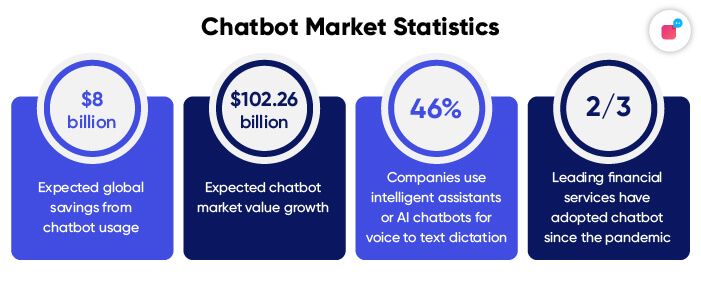
(Source: Verloop.IO)
Gartner has predicted that 69% of all managerial work will be automated by 2024. Moreover, according to Future of Job Reports here are a few ways that automation tools are reshaping the workforce:
- 43% of companies plan to reduce their workforce due to technology integration. Although 34% plan to expand it.
- Approx 80% of business leaders are speeding up work process automation and expanding their use of remote work.
- 50% of CEOs plan to expand the automation of repetitive tasks within their companies.
The market for AI assistants is also growing at an exponential rate:
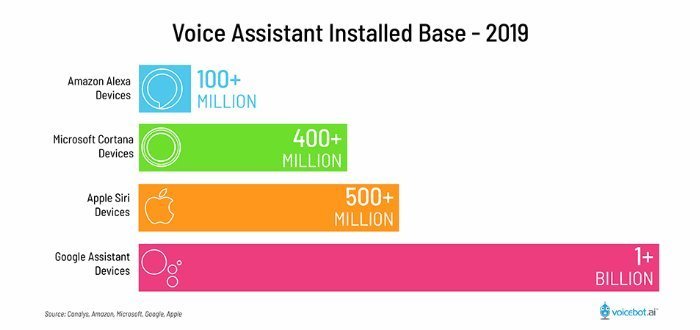
Summing It Up
For further reading, I recommend checking out GoodFirms research on the latest stats and trends in Software Development.
They surveyed 150+ software development companies, including industry experts, to identify the latest trends. You will gain in-depth information on the intricacies involved in software development.
